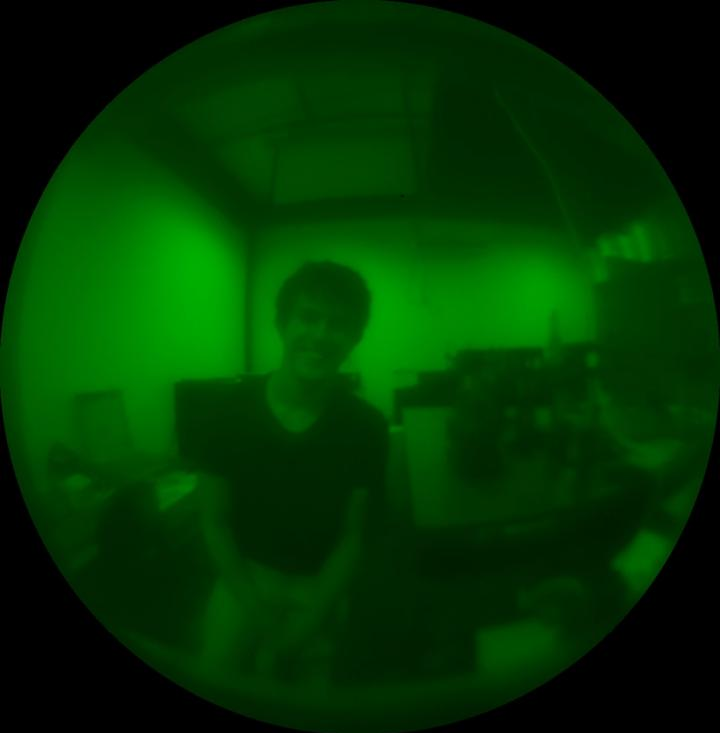Aug 25 2020
At the University of São Paulo’s São Carlos School of Engineering (EESC-USP), Brazil, scientists have designed a lens that is a thousand times thinner when compared to a strand of human hair.
 The lens can be used to produce high-resolution images with a wide field of view. It can serve as a camera lens in smartphones and can be used in other devices that depend on sensors (high-resolution wide-angle selfie obtained using metalens). Image Credit: Augusto Martins/USP.
The lens can be used to produce high-resolution images with a wide field of view. It can serve as a camera lens in smartphones and can be used in other devices that depend on sensors (high-resolution wide-angle selfie obtained using metalens). Image Credit: Augusto Martins/USP.
It can be used as a camera lens in smartphones or in other devices that rely on sensors.
In the present technological context, its applications are almost unlimited.
Emiliano Rezende Martins, Professor, Department of Electrical Engineering and Computing, São Carlos School of Engineering, University of São Paulo
Martin was the last author of a paper on the invention, titled “On Metalenses with Arbitrarily Wide Field of View,” published in the ACS Photonics journal.
The study was financially supported by FAPESP through a scholarship for a research internship abroad granted to Augusto Martins, study lead author, and a PhD candidate.
The lens contains a single nanometric silicon layer provided on arrays of nanoposts that interact with light. The structure was printed with the help of photolithography, a familiar method used to fabricate transistors.
This type of lens is called a metalens. Initially, metalenses were developed 10 years ago and realize the highest resolution that is physically possible by using an ultrathin array of small waveguides known as a metasurface, which deflects light that passes through the lens.
Metalenses have been hampered for a long time by the fact the angle of view is very small (below 1°), noted Rezende Martins.
One way to solve the problem is to combine metalenses, forming complex structures.
Emiliano Rezende Martins, Professor, Department of Electrical Engineering and Computing, São Carlos School of Engineering, University of São Paulo
The researchers used the basic concept behind a traditional lens that a rise in refraction index increases the field of view in proportion to the flatness of the lens to develop a metalens to simulate a completely flat lens with an infinite refraction index, which could not be achieved using a traditional lens.
Our lens has an arbitrary field of view, which ideally can reach 180° without image distortion. We’ve tested its effectiveness for an angle of 110°. With wider angles of view, light energy decreases owing to the shadow effect, but this can be corrected by post-processing.
Emiliano Rezende Martins, Professor, Department of Electrical Engineering and Computing, São Carlos School of Engineering, University of São Paulo
Although it is possible to avoid super-resolution by combining metalenses, the resolution achieved is adequate for all traditional applications. The metalens was tested by Martins with the help of a 3D-printed camera, and high-resolution images with a broad field of view were obtained.
“So far we’ve only succeeded in photographing in green, but in the months ahead we’ll upgrade the lens so that all colors are feasible,” said Martins.
Journal Reference
Martins, A., et al. (2020) On Metalenses with Arbitrarily Wide Field of View. ACS Photonics. doi.org/10.1021/acsphotonics.0c00479.